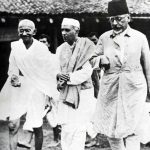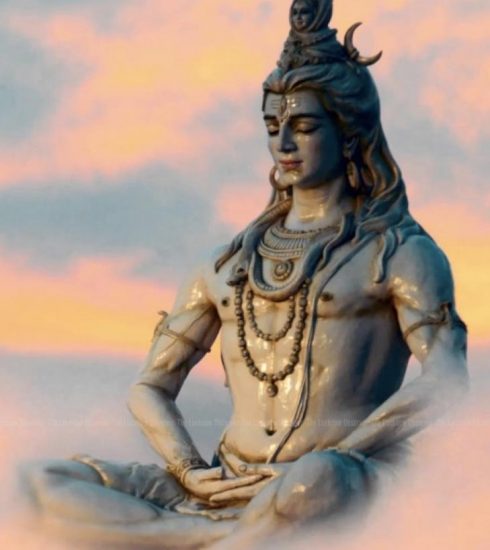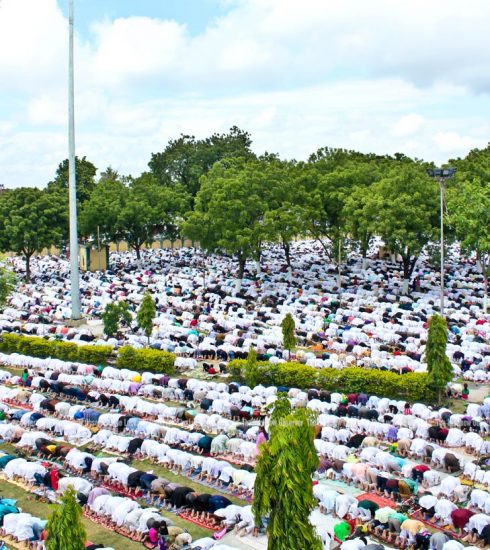The pitter patter of many raindrops…
Vocalist Dr. Kumud Diwan writes what the rim jhim of saawan means to her when sulag sulag jaye man…
Dark, encircling clouds herald the advent of the rainy season and cast a magical spell on the human psyche.
Rain pours, drenching the parched earth and quenching human thirst, the season changes and verdant hues lend the green palette to the landscape.
There is much to celebrate at the onset of monsoons and reams of literature depict the synergy between rain, flora and human emotions.
The rain has an uncanny way of creating havoc on human emotions. The pain of separation of lovers heightens and is the central theme of many epics, particularly Kalidas’s Meghdoot or cloud messenger by renowned Sanskrit poet who writes about a yaksha or a good spirit cajoling the cloud to be his messenger of love.
The 111 stanza epic poem by the most illustrious Sanskrit writer is divided into two parts.
The poorva-megh and the uttra-megh or pre cloud and post cloud. Yakshas are servants of Lord Kuber the God of wealth.The protagonist of Meghdootam, is a yaksha exiled by Kuber to Central Asia.
He misses his wife who lives in Alaka, a beautiful city in the Mount Kailash region and asks the clouds to take his message of love to his beloved wife.
The yaksha persuades the swirling clouds that float in the sky to travel to Alaka. He describes the beauty of the city of Alaka as well as that of his wife so that the clouds are tempted to float to Alaka!
Meghdoot was translated in 1813 and the yaksha’s dialogue with the clouds is illustrative of the mood of the protagonist or the nayak and his love lament in the rainy season.
Another Epic
Another epic by Kalidas is the Ritusanhara, a medley of seasons. The poem describes all the seasons and how they affect the mood of lovers.
The Radha Krishna love lore and the bhakti movement in the 13th century dyed colored lyrics and texts of Hindustani Classical music’s khayal and thumri genres in shades of deep devotion of Vrindavan. Here in the sylvan surroundings of Vrindavan, the eternal pair Radha and Krishna celebrate their love amidst adoring gopis and dance to the rains, swaying on floral swings with the quintessential nayika Radha emoting every possible feeling from love, longing, pain, separation to the ecstasy of an amorous union with her beloved Krishna.
The famous thumri written by Bade Ramdas ji from Banaras depicts Radha as a birhan or one without her beloved who laments his absence even as the sky is overcast and there are omens of torrential rainfall.
The peacocks and the other singing birds are chanting rain songs and the cuckoo chirps noisily but Radha’s Krishna is no where to be seen:
hamre sanwaria nahi aaye sajni chayi ghata ghanghor
dadur mor papiha bole ai ri koyal kar rahi shor sajani chai ghata ghanghor
In the vicinity of Bánaras, the Lucknow and Rampur region echoed lyrics of this famous jhoola in raga desh about a decorated swing slung in a mango grove upon which the beloved sways embraced by his lover:
jhoola kinne dala re amaraiyan
jhoole mora saiyan
main lehoon re balaiyan
Another beautiful jhoola sung along with kajri in the Banaras and Mirzapur region depict Radha and Krishna swaying on swings with the gopis as Radha pleads with Krishna not to scare her but to push the swing gently:
jhoola dheere se jhulao banwari arre sanwaria
dheere se jhulao mora jiyara darat hai
lachke kadamua ki daari arre sanwaria
Kajri
The most popular form of music and a sub-genre of thumri is the kajri composed of folk tunes and traditions of Uttar Pradesh and Bihar or the Gangetic belt about monsoons essentially. Fifty kilometers from Benaras is Mirzapur, a city famous for the dhunmuniya ki kajri. In Mirzapur, the women sing and dance around trees in the village squares in the rainy season in celebration of the spirit of kajri.
Folk lore has it that there was a woman called Kajli who missed her husband during the thunder and rainfall of the monsoon season as she sang of her sorrows of separation. Kajli is also black and symbolic of black threatening clouds.
A poular Mirzapuri kajri sings of Banaras becoming boring because her lover is in Mirzapur, a city that is joyous.
Mirzapur ke kalian gulzar ho
Kachaudi gali soon kalian balamoo
Siddeshwari Devi
Siddheshwari Devi, noted thumri diva of Banaras immortalized the kajri like:
bheegi jaoon main piya bachaye lahiyo
barsan lagi sawan boondiyan re bheegi jaoon main piya
There is a beautiful poem called badal raag or raga of the clouds by famous Hindi poet Nirala about dense clouds pouring down upon the burning hearts of the world that sees saplings sprout from the earth’s core:
jag ke digdh hriday par gah-gah badal barse
dah-dah ankur phoote vasundhara ke antar se
As rains lash at my windowpanes, I am soaked in emotions unknown and transported to a dreamy, cloudy realm. The song on my lips is about the heart that has become molten and on fire, and seeks more rainfall to cool it down.
The writer is a well known thumri singer and disciple of Pandit Channulal Mishra of Banaras








